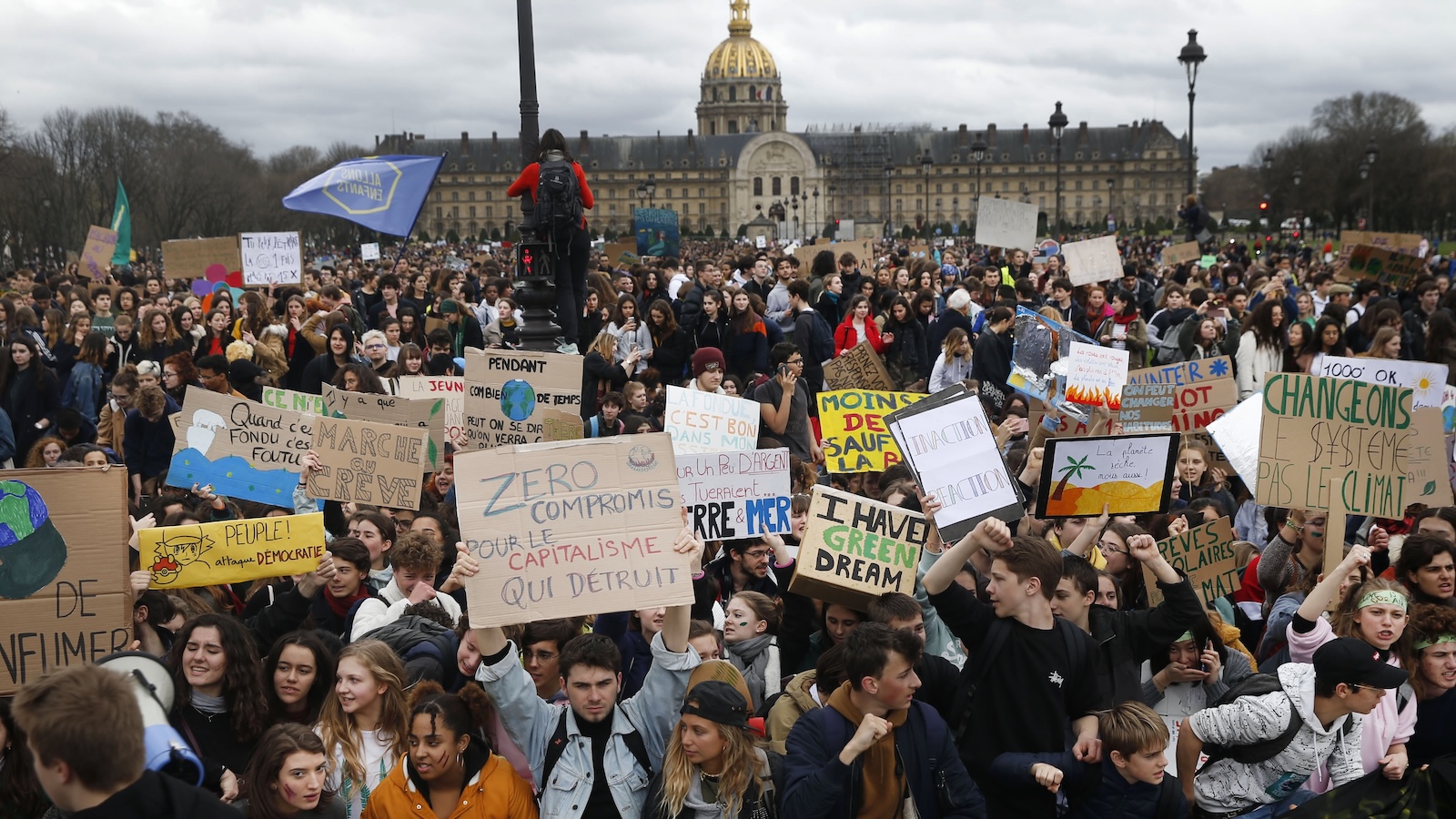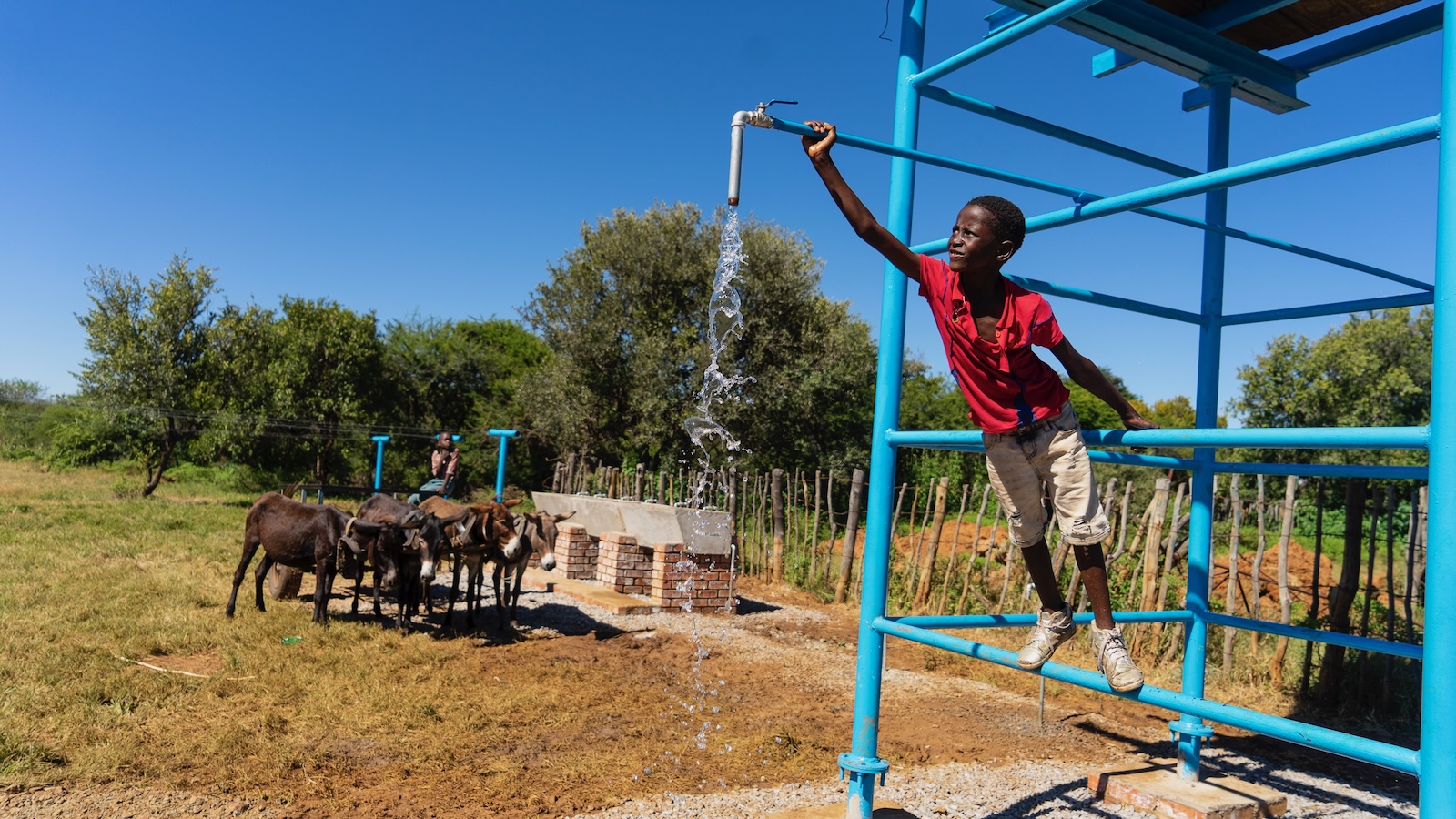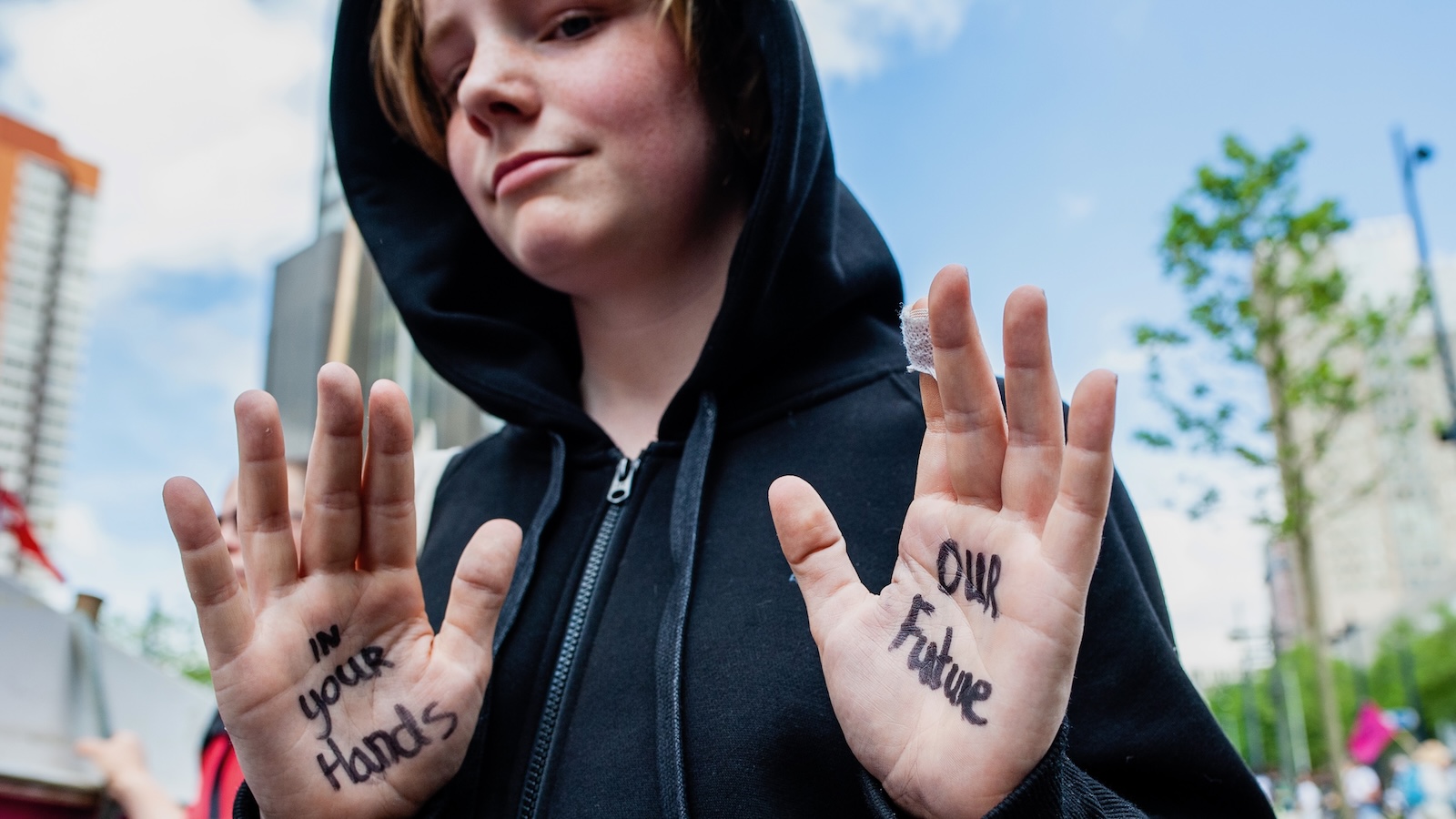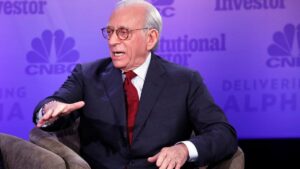
For generations, young people have written their names in history’s ledger as agents of change. James Monroe and Alexander Hamilton celebrated their 25th birthdays during the Revolutionary War. Nearly two centuries later, black men and women of college age mobilized for the rights they had been denied since the founding of the country. The youth of today have grabbed the baton handed to them by their elders. They raised their voices in urgent anger demand action for the defining issue of their lives: the climate emergency.
Yet only a few governments at any level, in any country answered their demands for action. To help address this, Bloomberg Philanthropies – the nonprofit funded by former New York mayor and one-time Democratic presidential candidate Michael Bloomberg – launched the Youth Climate Action Fund on Wednesday. It intends to help 100 cities worldwide to better incorporate the voices and visions of young people in how they propose and implement their policies.
“We want to help bring more and more powerful voices to climate activism,” said James Anderson, who leads the philanthropy’s government innovation programs and helped design the fund. “And we also want to make sure and help local governments invite all the people who want to make a difference in their city on climate to the effort in ways that are meaningful to them.”
The funds it has awarded to cities in 38 countries across six continents should make just that kind of engagement possible. With the announcement, each city will receive an initial payout of $50,000. Should any mayor respond with sufficient urgency and commit the money to programs or projects involving youth leadership in local climate action within six months, their city will receive an additional $100,000 to further support youth-led efforts.
When typical funding announcements for climate efforts are often in the millions and billions or even hundreds of billions, a five- or six-figure payout might sound paltry. Yet it can make an enormous impact – especially in cities and countries that need it most.
“I’m shocked. I’m shocked, but in a good way, because that money is a lot, especially here in Zimbabwe, and I believe it can do a lot of good things in our city,” says Nozinhle Gumede, a 21- year-old climate activist from Bulawayo, Zimbabwe. Bulawayo, a city of 1.2 million in the country’s southwest, is among those selected for the Youth Climate Action Fund. Gumede hopes to see the money used to support youth-led organizations support that actively help local communities to adapt to climate change, and to create capacity at the city level for young people to advise the mayor.
“We are the custodians of the future,” Gumede said. “So I believe that we have the right to be part of some leadership or advisory board to see how this money shapes our future.”
Several cities have already tried to establish climate councils populated by youth to ensure that they can help shape the plans and policies that will define the boundaries of their future.
Yvonne Aki-Sawyerr, the mayor of Freetown, Sierra Leone, has made climate resilience a fundamental priority for her work leading the country’s capital and largest city, which has also been selected for the Youth Climate Action Fund. She also made it a point to center youth in her work. “We work with the saying, ‘nothing for me without me,'” she said, so “when, in your city, 70 percent of your population is under the age of 35, you don’t do anything without the youth.”

To further cement the vital status of youth involvement in the city’s fabric, Aki-Sawyerr expects to launch a youth climate council later this year to provide a structured and ongoing forum to engage young people. This advice will also help inform and shape how Freetown’s Climate Action Strategy unfold
In cities like Freetown and Bulawayo, climate action is different from what cities across the United States and Europe concern themselves with. When she met Freetown’s local chapter of Fridays for Future – the organization founded by Greta Thunberg to spread the word her Friday school strikes to other cities and countries – this forced Aki-Sawyerr to realize “how different our situations are, and how there shouldn’t be one-size-fits-all when it comes to youth movements.” In Freetown, “Nobody cares if you go to school,” she said. “You don’t even get enough school time. You don’t get enough contact with teachers.”
In addition, many young people in Freetown face a host of immediate concerns from food insecurity to forced marriage. “In the midst of all this,” Aki-Sawyerr said, “their lives are being significantly, adversely affected by climate change.” Yet they receive none of the benefits that those in the Global North have accrued, as they have polluted the planet and exposed previously colonized countries to grave dangers. “You don’t get the light. You don’t get Broadway. You don’t get the fancy cars,” Aki-Sawyerr said. “But you get the impact of the emissions that come from that.”
As a result, their focus is not on mitigating a problem they did not cause, but on adapting to it. Freetown has already faced tragedies that climate change could make more common. In 2017, days of torrential rain caused a landslide that killed more than 1,000 people. Such rainfall is expected become more common in places like Freetown. And in Bulawayo, Gumede said the biggest concern is extreme heat, something residents already struggle with.
As these cities and others across the Global South seek to strengthen their resilience to climate change, the youth of the Global North face a daunting task: put more pressure on polluters. Leveraging the resources of Bloomberg Philanthropies’ Youth Climate Action Fund, cities in developed countries must learn to channel the energy and ambitions of youth to accelerate their action to eliminate emissions.

Several young climate organizers in the United States spoke about the drive and vision they and their peers bring to this work. Holly Swiglo, a freshman at Oberlin College in Ohio who helps lead the college’s chapter of the Sunrise Movement, said that youth who see their futures determined by a worsening climate crisis are reluctant to shoulder the burdens of bureaucracy allow to impede the pace and extent of change. which they believe is not only possible but also necessary. For cities and mayors to harness that energy, they cannot simply offer performative actions of alliance. Kristy Drutman, a New Jersey-based climate activist and communicator who serves on the EPA’s youth advisory board, said such empty actions leave young people frustrated and disillusioned. But cities like Mesa, Arizona are testament to how mayors and city council members can take their role as public servants to heart.
The city’s Republican mayor, John Giles, has been listening to the climate concerns of his constituents since shortly after taking office when local climate activists asked him about his plans for the city’s climate agenda. The climate action plan that Mesa then developed contains the typical points – goals for carbon neutrality, renewable energy and reducing waste – but it includes a fourth pillar that Giles sees as critical to achieving the others: community engagement. Mesa residents have already shaped the city’s approach to climate action, including its proposal to the Youth Climate Action Fund, which comes directly from its “Hacktivate” program which gives high school students the opportunity to understand the issues facing their communities and devise solutions.
Such initiatives provide an outlet for the pent-up energy and anger of a generation desperate for action. The Youth Climate Fund hopes to encourage many more like them. Such efforts are necessary because today’s activists have made it clear in so many ways that they have heeded the lessons of those who came before and will do whatever it takes to bring about the change they want to see.


